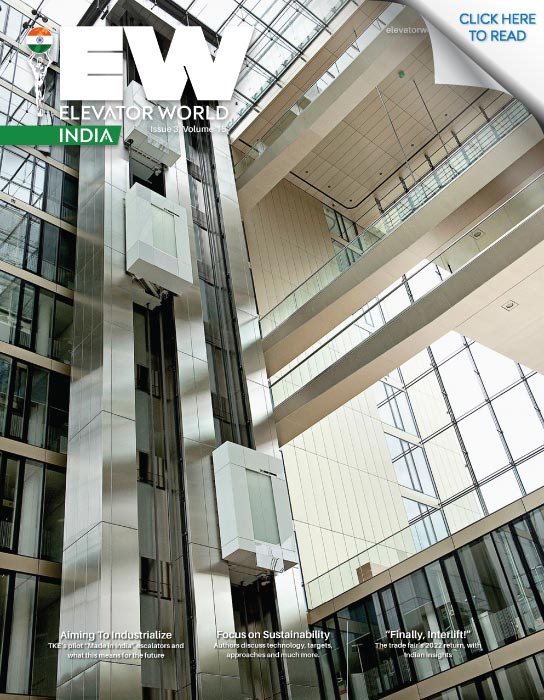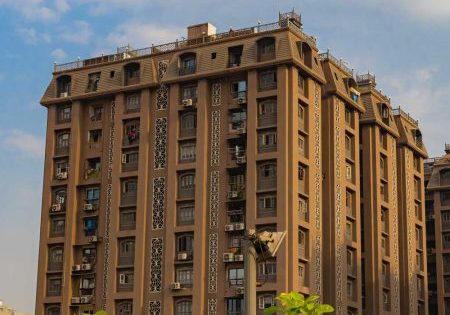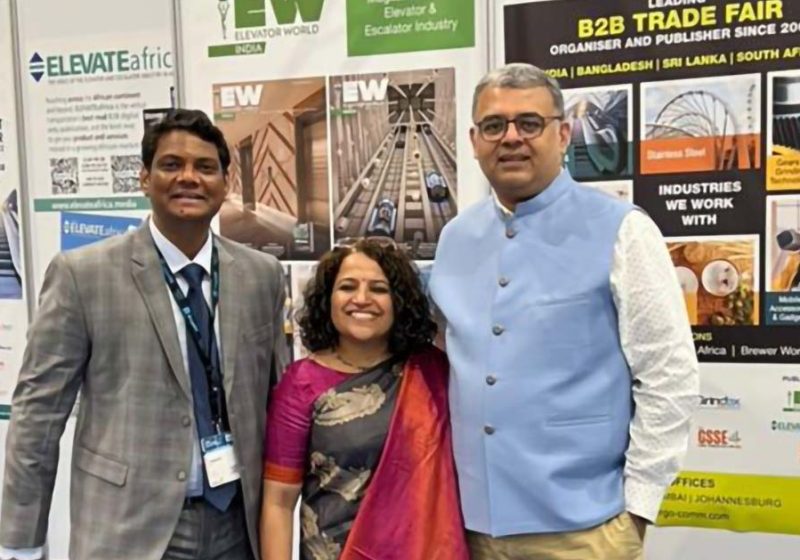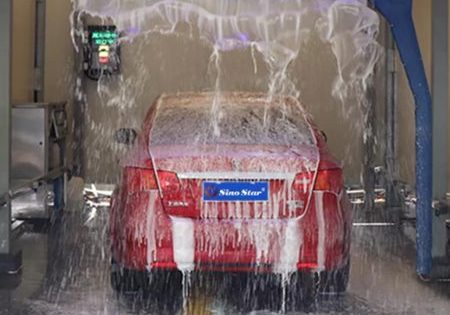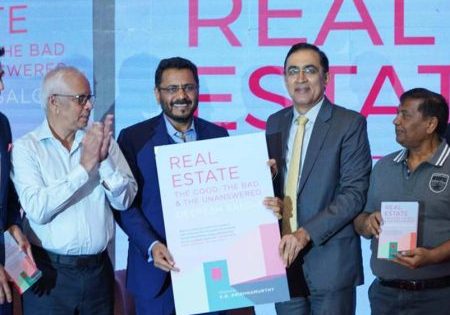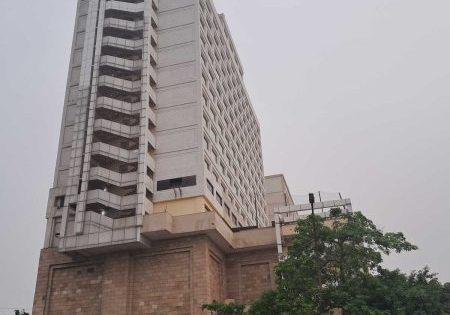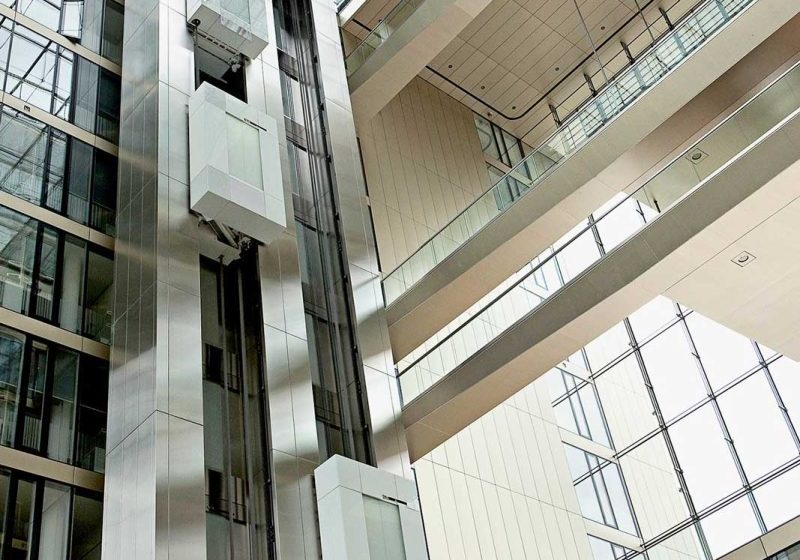A Holistic Approach to Sustainability
Aug 4, 2022
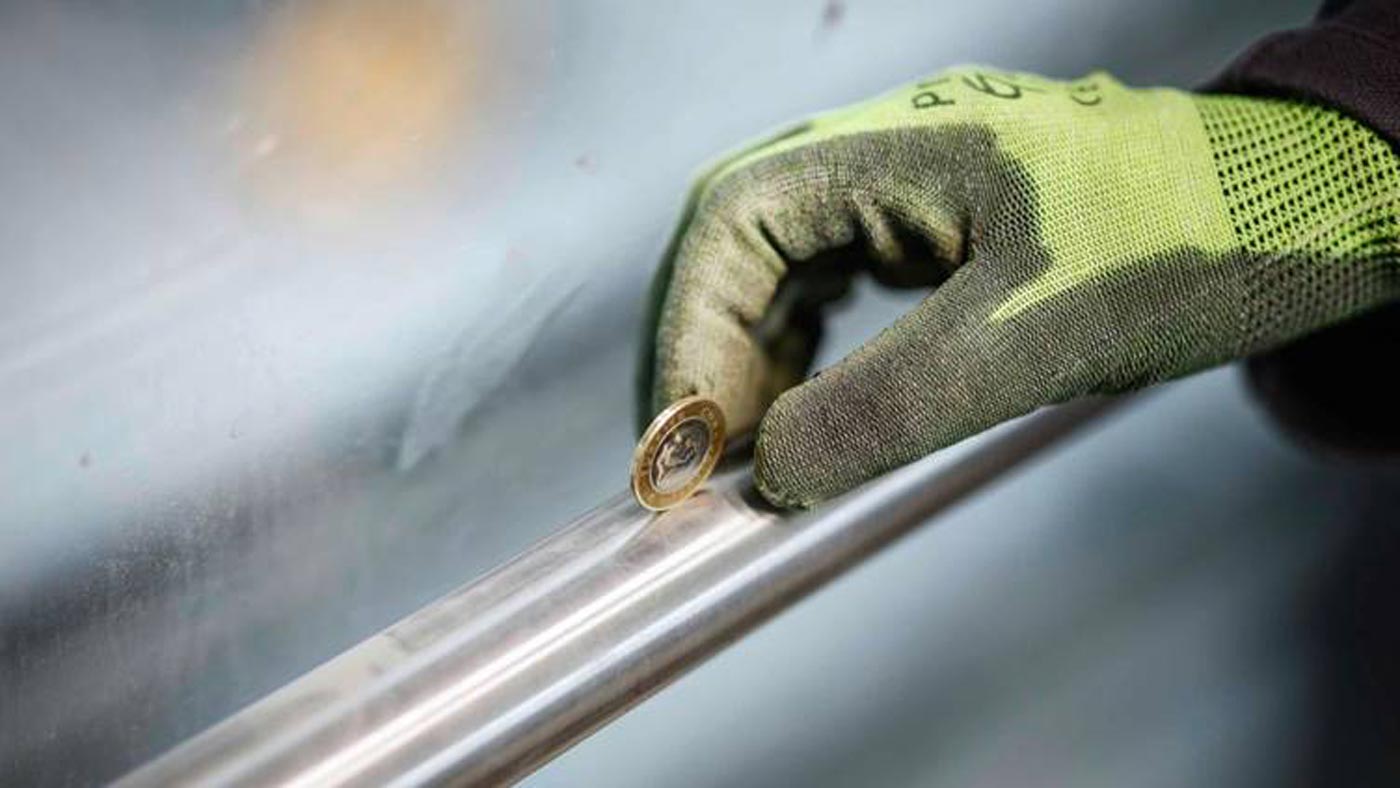
Your author describes changes occurring to sources and users.
ELEVATOR WORLD India (EWI), aside from providing technological developments and all-around national and international industry information, is now taking a constructive role in participating in the Government’s move to promote its policies of green energy, energy saving and digitization. This can be noticed in the last few issues of EWI.
“A holistic approach to sustainability” is a broad phrase with a wide range of interpretation and application. It implies the integrated achievement of economic, environmental and social goals of development. Sustainable development means meeting our own needs without compromising the ability of future generations to meet their own needs. In addition to natural resources, we also need social and economic resources to meet our future needs.
Most industries have changed their marketing activities and are now focusing on environmental, social and economic developments or changes for the purpose of promoting their products or services. Just have a look around, and you can analyze the changes taking place. Most of the automobile industry players are coming out with environmentally friendly messages, like emission criteria, mileage, sound level, fuel consumption and alternate eco-friendly fuel. Recall the Aquaguard water purifier advertisement: the objective is the presence of active copper with zinc booster, a clear sign of technical superiority. Similarly, a village farmer driving a tractor and using farm machinery shows advancement of farmers. Children from villages using laptops/desktops is a sign of social and economic development in rural areas. All these things confirm that technology is in the driver’s seat these days for the advertising industry. Most of the brands are created with environmentally friendly tags.

The advertisement expenses of industries in India are around Rs. 68,326 crore, and the focus is on technological superiority.
The elevator and escalator industry is also changing its marketing approach, and the signs are easily visible.
The product brand is created by focusing on environmental friendliness, like energy saving, reduction in noise level through smooth operations, use of flat belts replacing wire ropes, gearless machines instead of geared motor units, contactless call buttons and a few more.
Rider comfort, user-friendly operations and a pleasant cabin interior are important themes for advertisements.
A coin standing vertically in a high-speed elevator is the sign of the riding comfort users can enjoy. This can be seen in some advertisements, as well.
A well-designed elevator cabin with proper illumination and melodious music systems or announcements, as well as advertisement displays in the cabin, all contribute to a more comfortable and pleasant passenger travel. This confirms that the elevator industry is now focusing on an all-around approach, covering cost, comfort, safety and user-friendliness.
In addition to the product branding, in terms of technological superiority, user-friendliness and comfort level, one needs to work on selecting the materials. This will help to incorporate possible alternatives, in turn reducing costs with better products in a wide range.
The R&D expenses of all Indian industries are around 0.65% of the total GDP. There are a number of Government schemes for encouraging industries to spend on R&D. The supplier’s identification, process material requirements, vendor identification, procurement and monitoring of the complete chain from procurement to delivery through well-designed software is a well-accepted system by industries for process flow. Well-planned and coordinated deliveries help save space, reduce inventory levels, smooth financial flow and reduce dependency on one agency. This makes the procurement and delivery system more systematic, efficient, reliable and cost-effective.

In place of MS machined T guide rails, sheet steel T guide rails are introduced, which helps in cost reduction and process time saving. A serial communications system and wire harnessing reduces installation time and indirectly saves on costs.
The elevator specifications are now standardized, which helps the manufacturing process, installation and service. At the same time, it helps reduce costs and saves time. Any slight change in specifications, like a change in cabin dimensions or a change in door height to one that is nonstandard to meet the site’s actual requirements, increases the process time considerably. Even a nonstandard shaft dimension needs material changes, affecting the overall delivery time and adding to the cost.
Wire harnessing with scaffold-less installation systems helps reduce installation time and improves installation quality. A number of steps are taken in the installation process to reduce time, labor and cost, in turn increasing efficiency and quality.
The Indian elevator industry is moving forward to ensure that it contributes its best to the worldwide move toward a holistic approach to sustainable development.
Get more of Elevator World. Sign up for our free e-newsletter.

